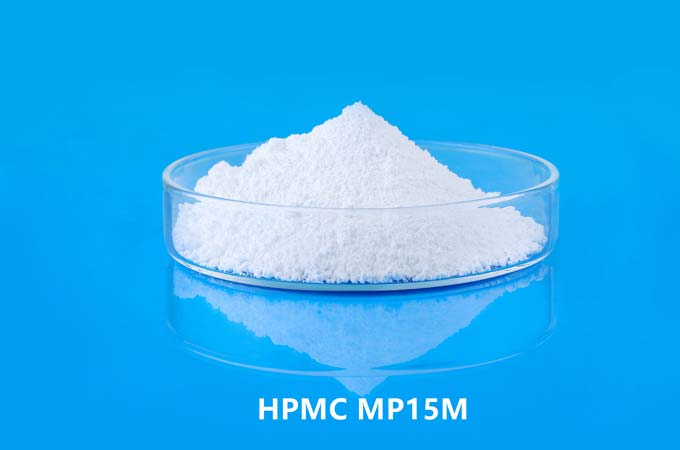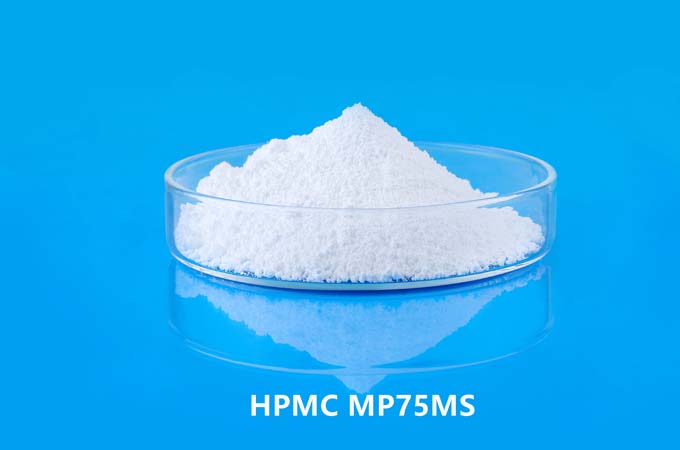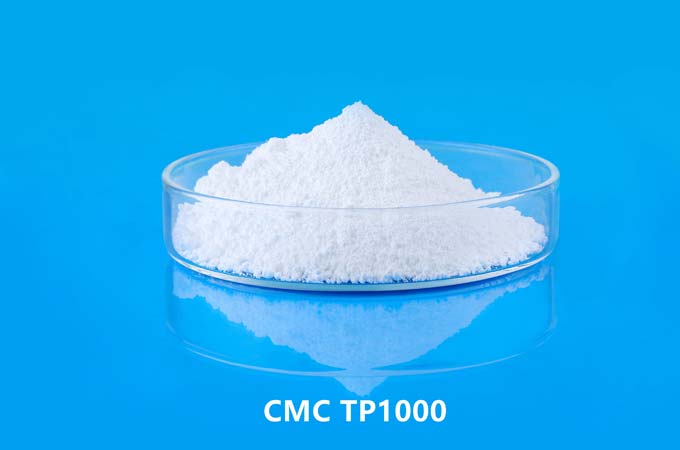According to the provisions of "National Food Safety Standard Food Additive Microcrystalline Cellulose" (GB 1886.103-2015): Microcrystalline cellulose is made of fiber plant raw materials and inorganic acid to make a slurry to make α-cellulose, and then processed to use Microcrystalline cellulose, a food additive obtained by partially depolymerizing cellulose and then removing the non-crystalline part and purifying it.
Microcrystalline cellulose is an odorless, extremely fine white short rod porous particle, not fibrous but highly fluid; insoluble in water, dilute acid, organic solvent and oil, partially dissolved and swollen in dilute alkali solution . It has high reactivity in the process of carboxymethylation, acetylation and esterification, which is extremely beneficial for chemical modification and utilization.
Microcrystalline cellulose mainly has three basic characteristics: the average degree of polymerization reaches the limit value of the degree of polymerization; the degree of crystallinity is higher than that of the original cellulose; ability.
Emulsion stability is the most important function of microcrystalline cellulose. Microcrystalline cellulose particles are dispersed in the emulsion to thicken and gel the water phase in the oil-water emulsion, thereby preventing oil droplets from approaching each other and even aggregating.
For example, yogurt has a low pH, which tends to cause the solid components of the milk to coagulate, causing the whey to separate from the mixture. Adding microcrystalline cellulose to yogurt can effectively maintain the stability of dairy products. After adding the microcrystalline cellulose stabilizer to the ice cream, its emulsification stability, foam stability and ice crystal prevention ability are greatly improved, and compared with the water-soluble polymer compound stabilizer, the ice cream is smoother and refreshing.
Microcrystalline cellulose also maintains food stability at high temperatures. Some high-viscosity aseptic foods will decompose during high-temperature processing, and the addition of microcrystalline cellulose can maintain their excellent properties. For example, adding microcrystalline cellulose to canned meat products can keep the quality of the emulsion in it at 116°C for 3 hours.
In addition, microcrystalline cellulose can improve the stability of liquids and act as a gelling and suspending agent. For example, when instant beverages are redispersed in water, uneven dispersion or low stability often occur. Adding a certain amount of colloidal cellulose can quickly form a stable colloidal solution, and the dispersibility and stability are greatly improved. Adding a stabilizer composed of colloidal microcrystalline cellulose, starch and maltodextrin to instant chocolate or cocoa beverages can not only prevent the powder of instant beverages from being damp and agglomerated, but also maintain high stability and dispersibility during brewing.
As a non-nutritive filler and thickener, microcrystalline cellulose can improve food structure. The flour substitute obtained by mixing microcrystalline cellulose, xanthan gum, and lecithin is used in baked goods. When the amount used is not more than 50% of the original amount of flour used, the original taste can be maintained and the palatability can be increased.
Adding microcrystalline cellulose to frozen confections can control the formation of ice crystals. During the frequent freezing-thawing process of frozen desserts, the presence of microcrystalline cellulose acts as a physical barrier, preventing the crystal grains from aggregating together into large crystals. For example, as long as 0.4%-0.6% microcrystalline cellulose is added to ice cream, it is enough to prevent the texture and structure of the ice crystal grains from changing, and the microcrystalline cellulose particles are extremely fine, which can increase the taste and improve the texture.
Microcrystalline cellulose can also be used to reduce the calorie content of foods. If it is used in salad dressing, it can reduce the calorie content; when making various cooking oil seasonings, adding microcrystalline cellulose can also prevent the oil from separating from the sauce when heated or boiled.
Due to the adsorption of microcrystalline cellulose, foods with high mineral content can be obtained through the adsorption of metal ions. For example, Germany uses microcrystalline cellulose with high carboxyl content to absorb iron ions and calcium ions, and adding it to food not only increases the nutrition of the food, but also does not change the taste of the food.
 English
English 日本語
日本語 français
français Deutsch
Deutsch Español
Español italiano
italiano русский
русский português
português العربية
العربية Türkçe
Türkçe Nederland
Nederland



